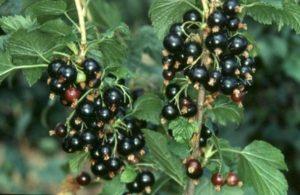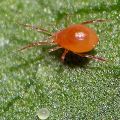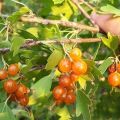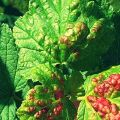How to deal with spider mites on currants with folk remedies and preparations
Spider mite is a pest that lives on foliage and negatively affects the development of bushes. Having found a spider mite on a currant, it is important to know how to deal with an insect in order to prevent negative consequences and a reduction in yield.
What varieties of currants are susceptible to tick damage
Currant bushes are attacked by pests as a result of unfavorable environmental conditions or with inadequate care. Most often, a spider mite appears on currants of such varieties as Lama, Nika, Black Pearl, Rhapsody, Gulliver.
Causes and symptoms of infection
Gardeners identify several common reasons why the mite begins to harm plants. These include:
- Hot and dry weather. In such conditions, active reproduction of pests occurs, so they begin to more actively settle on plants.
- Lack of nutrients in the soil. Most often, ticks weave a web on currants, which are weakened due to a lack of organic compounds.
- Infection with diseases from neighboring plants. If the affected plantings are not localized, they continue to spread infections, which attracts pests.
- Dusty foliage. The accumulation of dust on plants creates a favorable environment for insects, so it is necessary to regularly irrigate for prevention.
The symptoms of pest damage depend on the variety. Currants are attacked by kidney and spider mites.
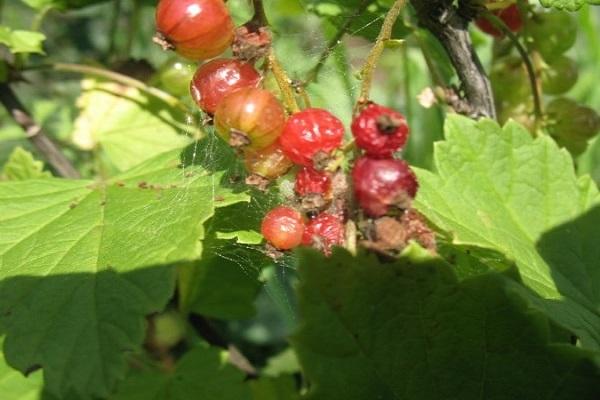
Kidney mite
You can notice the effect of a kidney mite by the appearance of the kidneys, which increase in size and differ in shape from healthy ones. Also, a bud mite on black currants leads to a change in the color and shape of the leaves on the tops of fresh shoots. The leaf plates become rough to the touch, lose color and deform.
Affected shoots slow down their development over time. Viral infection is actively spreading throughout the plant and in the absence of a fight against renal pests, green spaces die.
Spiderweb
It is also not particularly difficult to recognize the defeat of black or red currants with a spider mite. The most obvious sign is the formation of a thin web on the leaves and between the branches.Affected leaf plates, from which pests suck juices, lose their structure, become covered with white spots and then begin to rot.
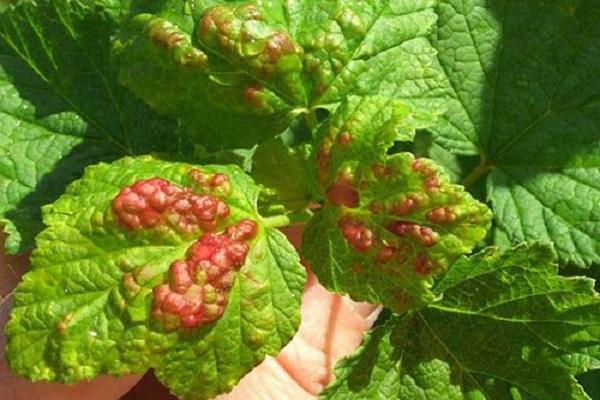
The consequences of defeat
If you do not apply protective measures and do not get rid of the harmful insect before the formation of ovaries, there will be a risk of critical loss of yield. As a result of exposure to bushes, mites reduce fruiting, destroy flower buds, and harm foliage.
Lack of treatment of plants increases the likelihood of developing infections. Even disease-resistant currant varieties are exposed to viruses after the influence of spider mites or kidney mites. The presence of a pest most often provokes the development of powdery mildew.
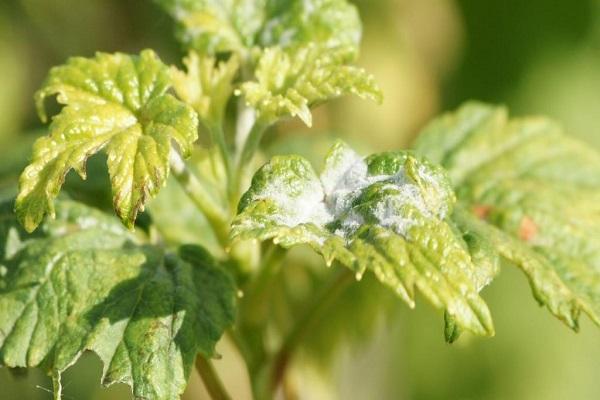
How to deal with a tick
There are many ways how you can get rid of currant spider mites. Since pests are able to attack the bushes throughout the year, it is recommended to resort to a comprehensive fight and use various preparations to eliminate ticks.
We use folk remedies
The most popular folk method is to prepare a solution of finely chopped garlic and onions. Chopped vegetables are diluted with water and kept for 24 hours. You can also treat currant bushes with infusion of potato tops.
It is recommended to use solutions by spraying over the entire surface of the plants. The bushes should be sprayed 3-4 times a day, since the mites leave eggs on the foliage, which are highly resistant to the influence of liquid.
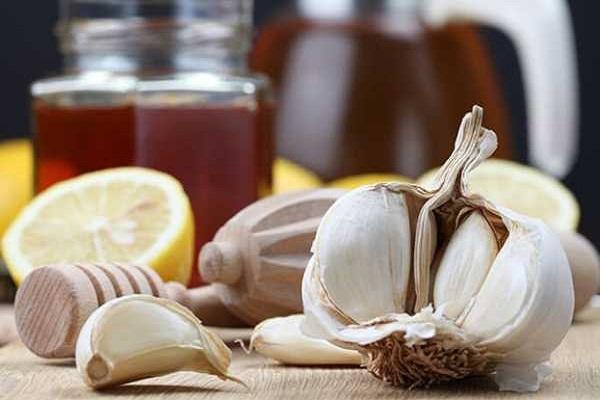
Plants for pest control
Some plants have a beneficial effect on the growth of currants and are used as a means of controlling spider mites. These plants include dandelion, yarrow, celandine, dope, calendula, and wormwood. The collection of herbs can be used dried by placing them in small bags and placing them near the plantation to repel insects.
Biological enemies
In nature, there are natural enemies of spider mites and kidney mites, which destroy the pest. The main biological enemy is phytoseiulus, which are also known as predatory mites. The use of predatory mites is allowed only when growing currant bushes in greenhouse conditions.
Simultaneously treating bushes with berries with insecticidal preparations and using spider mites to fight enemies is unacceptable, since insecticides have a detrimental effect on both types of ticks. If spraying with soapy water or a preparation containing mineral oil was used as a way to combat harmful insects, predatory mites can only be launched into the greenhouse after a week.

The use of special drugs
When standard pest control methods do not bring the desired result, it becomes necessary to use special means. These include acaricides and biological products that effectively destroy pests on currant bushes.
Chemical acaricides
A solution of acaricides is used before bud break. Known chemical acaricides are drugs "Akarin", "Agravertin", "Bitoxibacillin". After treatment, the death of pests occurs in a day, and for the next 20-25 days a protective layer remains on the foliage that repels insects.
Processing is carried out under the condition of dry and calm weather. Leaves are moistened on both sides 2-3 times with an interval of about 5 days. Since pests can develop resistance to chemicals in a short time, it is therefore recommended to alternate preparations.
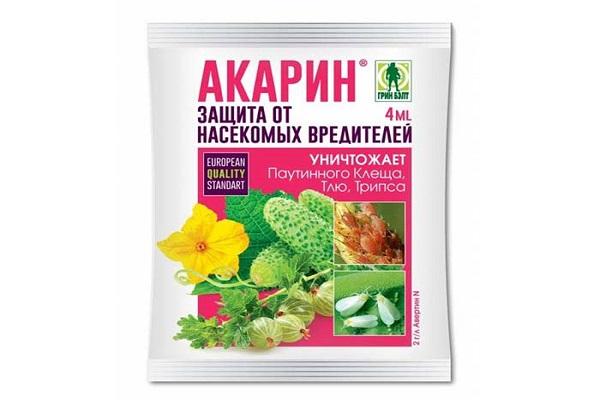
Biologicals
Biological products are also suitable for the destruction of the habitat of ticks, which are alternative to chemicals. The substances are based on living microorganisms, including bacteria and antagonist fungi. Common biological products are: "Bisolbifit", "Lepidocide" and "Fitoverm".
How to get rid of parasites: rules and terms for processing bushes
When dealing with pests, you need to follow several rules and adhere to the recommended time frames. Correct processing is the key to maintaining the yield of currants.
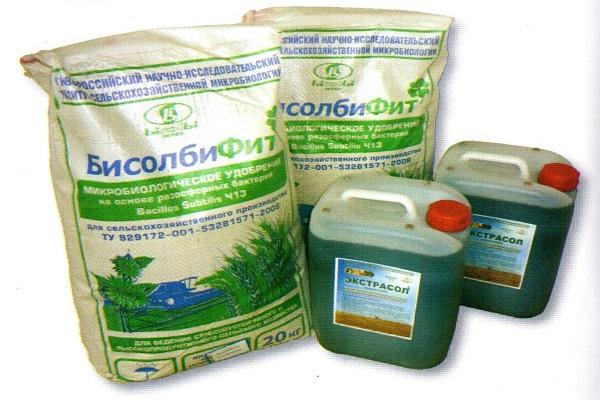
We fight the pest before the flowering of currants
Before the active flowering of the bushes, it is better to use infusions from natural ingredients for processing. Primary spraying is carried out with the onset of spring to destroy overwintered adults of ticks and hatched larvae.
We destroy arachnids during fruiting
During the fruiting period, chemicals are not allowed, since caustic components can negatively affect the taste characteristics of the berries. It is better to use organic matter or collection of herbs that scare away parasites from the bushes.
In the fall, when the entire crop is harvested, it is advisable to use powerful drugs that can destroy pests for a long time. In addition, the fall treatment helps prevent the larvae from overwintering on the plants.
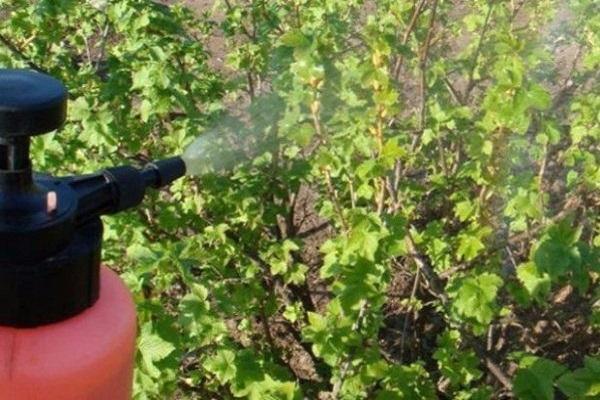
Prevention of ticks in the garden
The implementation of a set of preventive measures allows you to reduce the likelihood of damage to currants by spider mites. For prevention purposes, it is recommended:
- Provide a supportive environment. Often parasites appear in dry or excessively humid air, therefore, the humidity indicator should be monitored.
- Spray regularly. Even in the absence of visible signs of pest habitat, protective treatments of plants should be periodically carried out.
- Adhere to complete care. Currant bushes need to be watered, shaped for aeration, and old branches and dried foliage should be cut off.
The use of preventive methods not only prevents pests, but also has a beneficial effect on the growth and development of bushes. Plantings grown under the right conditions produce a stable yield with high palatability.

